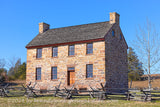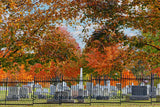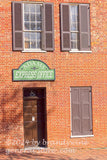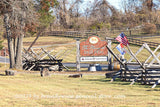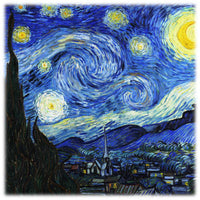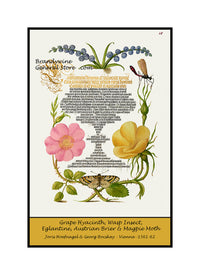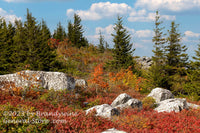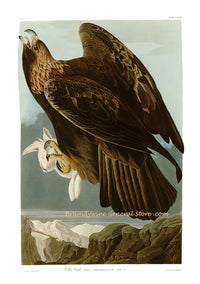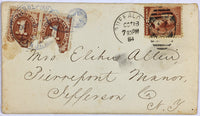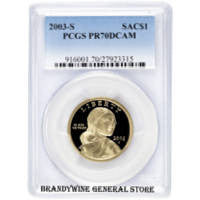Pine Finch Art Print by John James Audubon
An archival premium Quality art Print of the Pine Finch by John James Audubon for sale by Brandywine General Store. In this bird painting the artist shows a male and female specimen of this small bird which is mainly brown and white in color. Both of them are in a branch of Black Larch getting read to eat some of the seeds out of the small cones. This evergreen tree branch is full of small pine cones upon which these birds liked to feed. Mr. Audubon says this tree is more commonly known as the Tamarack or Hackmatack. At Fine Art Prints of Distinction we painstakingly repair the original files of these old paintings and print them using premium quality inks and paper. The end result is a beautiful, archival reproduction print that will last in your home for generations and at a low cost so anyone can now have great artworks hanging in their home or business. Brandywine General Store is proud to offer for sale a Premium Fine Art Print made from the Ornithology painting entitled the Pine Finch by John James Audubon. Audubon bird print #180



